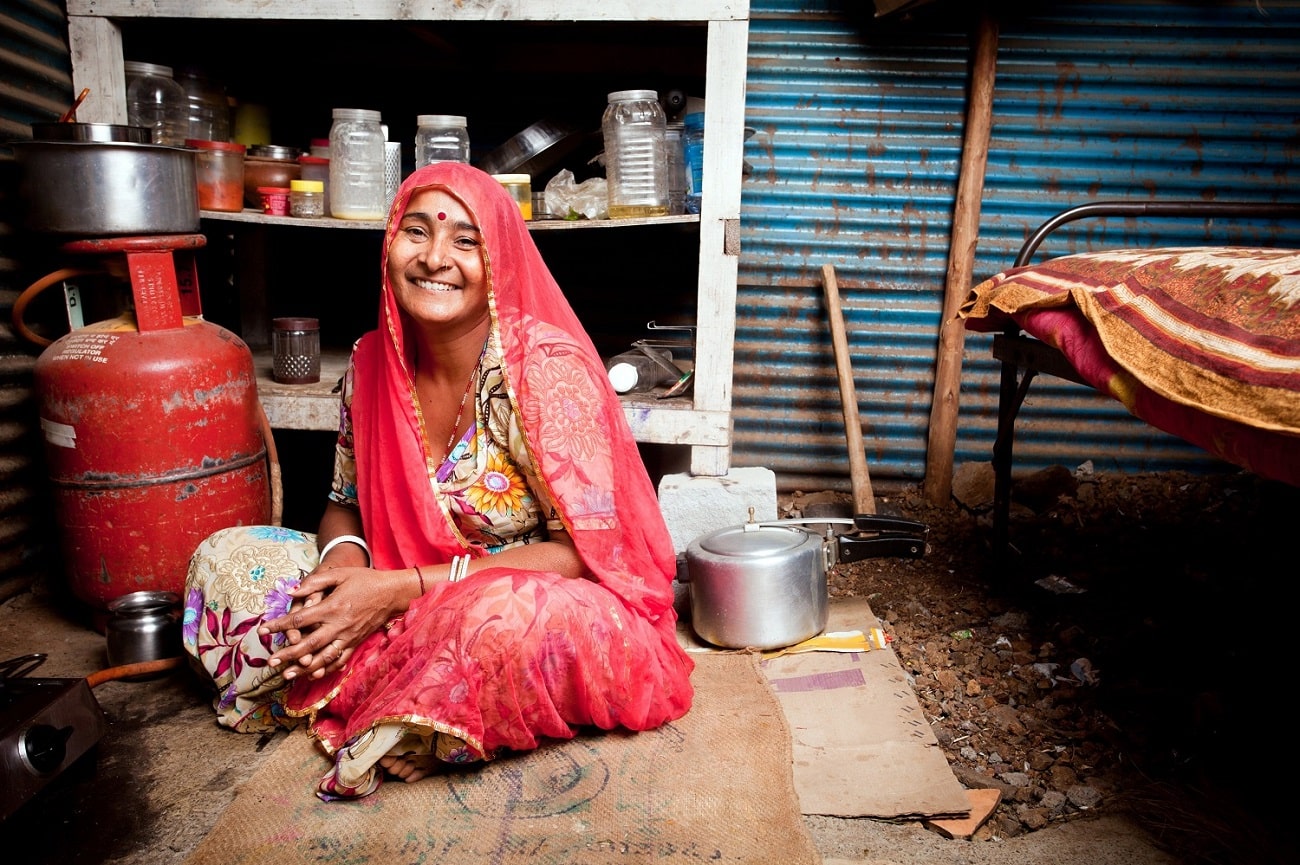Other Publications
Rethink India’s Energy Strategy
Arunabha Ghosh, Karthik Ganesan
May 2015 | Energy Transitions
Suggested citation: Ghosh, Arunabha and Karthik Ganesan. 2015. “Rethink India’s energy strategy.” Nature, 521, 156–157. doi:10.1038/521156a
Overview
India aspires to have 24x7 electricity supply for all citizens. Although most households in the country were connected to the grid in 2019, many hurdles remain till reliable, affordable, and continuous power is available to all. This article in Nature Energy highlighted key steps needed to address the energy needs of rural households in India, target subsidies, and support low-carbon industries. It provided solutions to address the high demand for electricity through grid connections and through the wider adoption of clean energy sources. Further, it provided recommendations to foster energy efficiency through clean cooking solutions in India.

Key Highlights
- More than one million households in India relied on solar off-grid systems for lighting. Further, 20 GW of energy capacity could be achieved if 15% of irrigation pumps were converted to solar energy.
- More than 250 companies across India, with long supply chains and networks of village-level entrepreneurs, operated in the decentralized clean-energy sector at the time.
- Traditional biomass fuels such as wood accounted for 20% of Indian households' energy use, while less than half of urban households and only 6 percent of rural ones use LPG.
- Energy efficiency and alternative fuels should play a key part in decarbonizing these sectors such as, metal production, non-metallic minerals, chemicals and textiles, which contribute most to manufacturing GDP.
Key Recommendations
- Deliver more electricity through grid to urban and rural households in India, while adopting cleaner energy sources.
- Tap smaller-scale distributed renewable energy sources, primarily solar, biomass, and small-scale hydropower.
- Rationalize subsidies and target them better. Well-designed programmes would increase access to modern cooking energy for the same budget.
- Redirect the savings from subsidies towards increasing the availability of cleaner cookstoves and biogas in rural areas. This can extend LPG provision to 30 million households.
- Decarbonize sectors such as metal production, non-metallic minerals, chemicals and textiles, through energy efficiency and alternative fuels.
Address the needs of poor and rural households, target subsidies and support low-carbon industries to priorities the need for energy efficiency in India.







